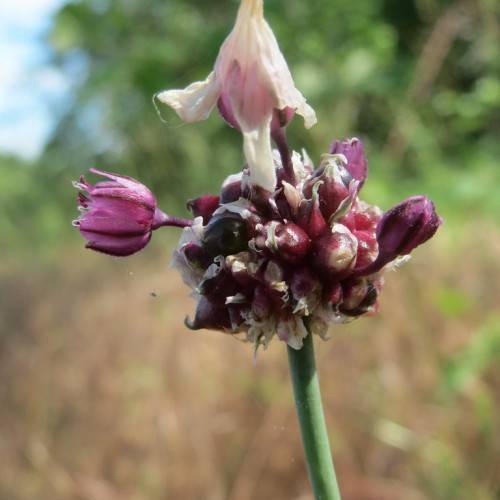
Field Garlic
Allium vineale
Also Known As - Wild GarlicWatering:
Average
Hardiness Zone:
Flowers:
Flowers
Sun:
Partial Shade
Soil:
Loam, Humus Enriched
Leaf:
Yes
Growth Rate:
Low
Care Level:
Medium
watering
Narrow-Leaved Wild Leek (Allium tricoccum var. burdickii) should be watered once every 2 to 3 days. The amount of water needed will depend on the environment and soil conditions, but a good rule of thumb is to water the soil lightly, until it is evenly moist. Keep an eye on the soil, ensuring that the top layer is drying out between waterings. Avoid over-watering, as this can lead to root-rot and other fungal problems.
sunlight
Narrow-Leaved Wild Leek (Allium tricoccum var. burdickii) prefers partial to full sun, meaning it prefers 4-8 hours of sunlight per day. It does best in early morning sun when the temperatures are cooler and less likely to cause the plant to dry out or become stressed. In the hottest parts of the day, the plant should be shaded to prevent sunburn or dehydration.
pruning
Narrow-Leaved Wild Leek (Allium tricoccum var. burdickii) should be pruned once a year in early spring before the start of new growth. Pruning is best done in late February or early March, when temperatures are still cool and the plant is dormant. Cut back any dead, dying, or broken foliage, or any branches or stems that are in undesirable locations. Take care to not damage the healthy, new buds that are just beginning to emerge. Prune the stems to reduce their length, and thin out foliage to allow for better airflow and improved light penetration. Doing this will help stimulate new, vigorous growth and keep the plant healthy and productive.
